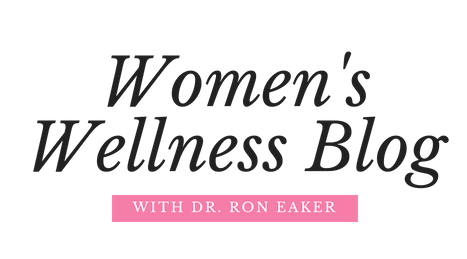If we are going to study prayer, how are we going to define it? How do you measure prayer? What is a good outcome and what is not? These and other issues must be critically evaluated by anyone attempting to assess the scientific evidence for prayer. This is not bringing God into the laboratory; it is bringing the laboratory to God. It is not a simple, straightforward exercise, but one with many twists and turns that can derail even the best research design.
To answer these questions I did what physicians commonly do, I began a search of the medical literature. I was astounded by what I discovered. The volume of literature on the healing power of prayer in legitimate scientific journals is astonishing. One recent volume, The Handbook of Religion and Health by Harold Koenig, lists over 500 studies evaluating the association between religion and mental and physical well-being.
One of the first and most interesting studies was published by the Southern Medical Journal in 1989 by a cardiologist in San Francisco named Dr. Randolph Byrd. He randomly assigned 393 patients admitted to the coronary care unit of a local hospital to be in either a “prayed-for” group or a “non-prayed-for” group. These were very sick people as their admitting diagnosis was either a heart attack or a presumed heart attack. Neither the patients or the doctors or nurses knew who was in each group, so this was a randomized, double-blind study. The groups doing the praying were given the first names of the patients, their diagnosis, and their condition. The prayer groups were told to pray for each patient to have a rapid recovery with few complications, and to not die. It was interesting to note that the prayer groups were in both San Francisco and other parts of the state.
The results were exciting. The “prayed-for” group was five times less likely to need antibiotics during their hospitalization and three times less likely to develop pulmonary edema. None of the “prayed for” group required intubation …being placed on a ventilator… while twelve in the other group did. Fewer in the “prayed-for” group died, although this number was not statistically significant. (2) If this had been a new wonder drug, the pharmaceutical companies would have been crawling all over themselves to patent it.
Because of the ground-breaking nature of this study, it raised as many questions as it answered. Any good study does just that. The Byrd study was not without some legitimate criticism. Because Byrd was a Christian, many felt his use of only Christian prayer groups created an intentional bias. Some believed it was an attempt to promote the idea that only “born-again” Christians had access to the holy hotline of healing. Others criticized what was called the first-name factor. Since the prayer groups were only given the first names of the patients, what would happen if there were two Johns, one in the “prayed-for” group and one in the “non-prayed-for” group? Another touted shortcoming was that outside prayer was not controlled. In other words, there was no mechanism to track whether Aunt Sally organized a prayer group at her church for Uncle Joe, completely independent of the study. And what if Uncle Joe was in the “non-prayed-for” group?
In spite of the complaints and criticisms, many prominent physicians thought the study presented some valuable information. Dr. William Nolen, prominent surgeon and author, said, “It looks like this study will stand up to scrutiny . . . . Maybe we doctors ought to be writing on our order sheets, ‘pray three times a day.’ If it works. . . . It works.”
The largest study to date testing intercessory prayer was published in 2006 in the American Heart Journal. It was known as the Study of the Therapeutic Effects of Intercessory Prayer or STEP. The authors followed 1800 cardiac surgery patients dividing them into three groups, a prayed for group …who didn’t know they were being prayed for…, a prayed for group …who knew they were being prayed for…, and a non- prayed for group. After analyzing various factors and statistics the authors concluded that there was no difference in any of the groups regarding outcomes and complications. Critics of this study pointed out a variety of shortcomings in the study design and analysis, with Karl Gilberson, an editorial writer for Science and Theology news, stating, “I do not plan to stop praying as a result of this study, and I don’t suggest anyone else stop praying either.” (3) Francis MacNutt, a pioneer in the resurgence of healing and intercessory prayer, writes about this study, “Not only did the STEP study contradict our experience, it also seemed to go counter to the teachings of Jesus, “Ask that you shall receive.”(4) He goes on to explain this disparity by questioning the qualifications of the “prayers” and the design of the study. He makes a critical point in that, in his experience, intercessors must have an “expectant faith” to be effective. In other words, they must believe that when they pray real physical healing will take place. This is an important concept when contemplating the healing effect of prayer. Dr. Harold Koenig, professor of psychiatry and internal medicine at Duke University Medical Center sums up the approach of testing prayer in humans like this, “I absolutely believe that intercessory prayer can influence medical outcomes, but I don’t believe the natural methods of science can prove this.” (5)











